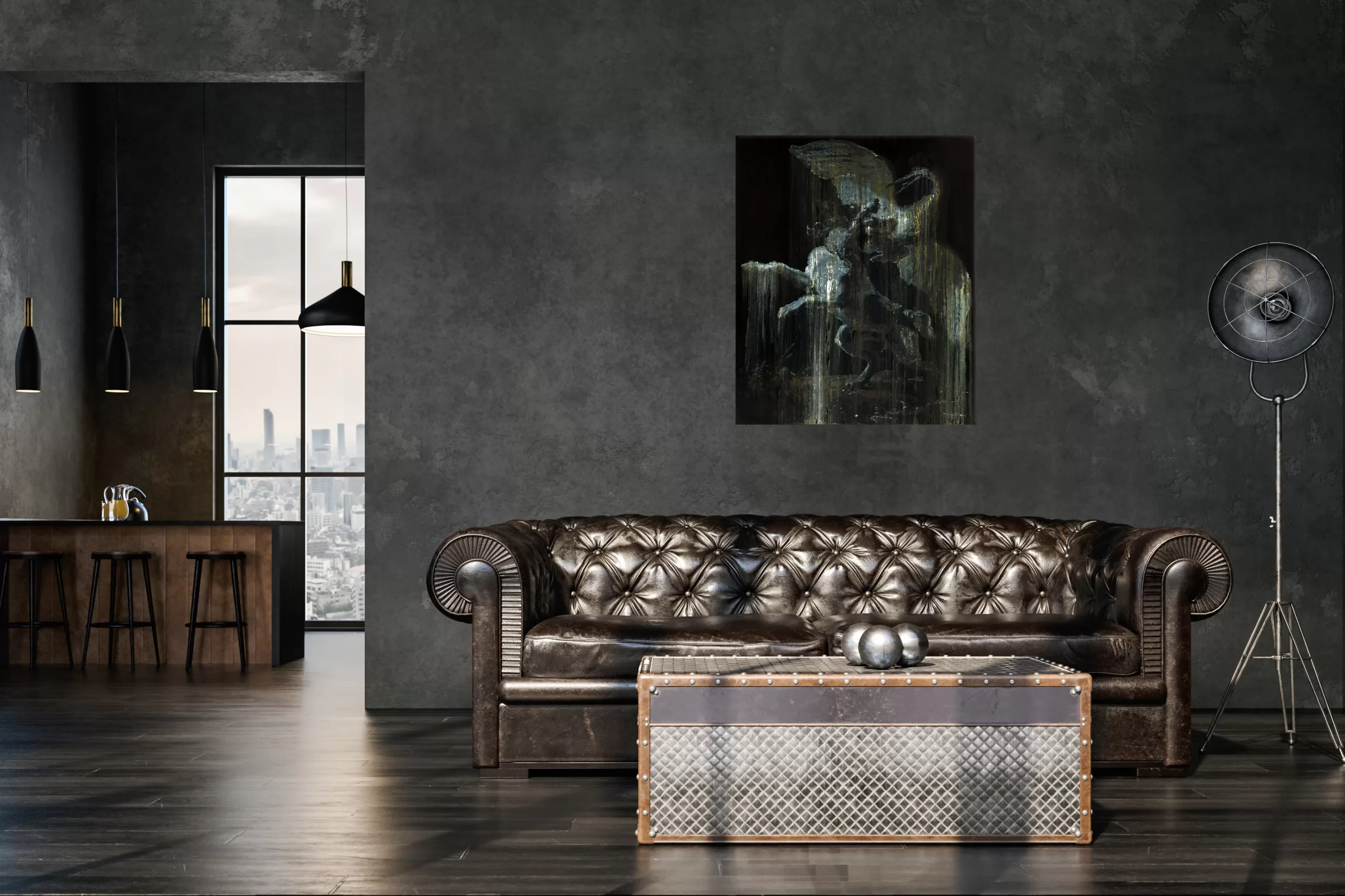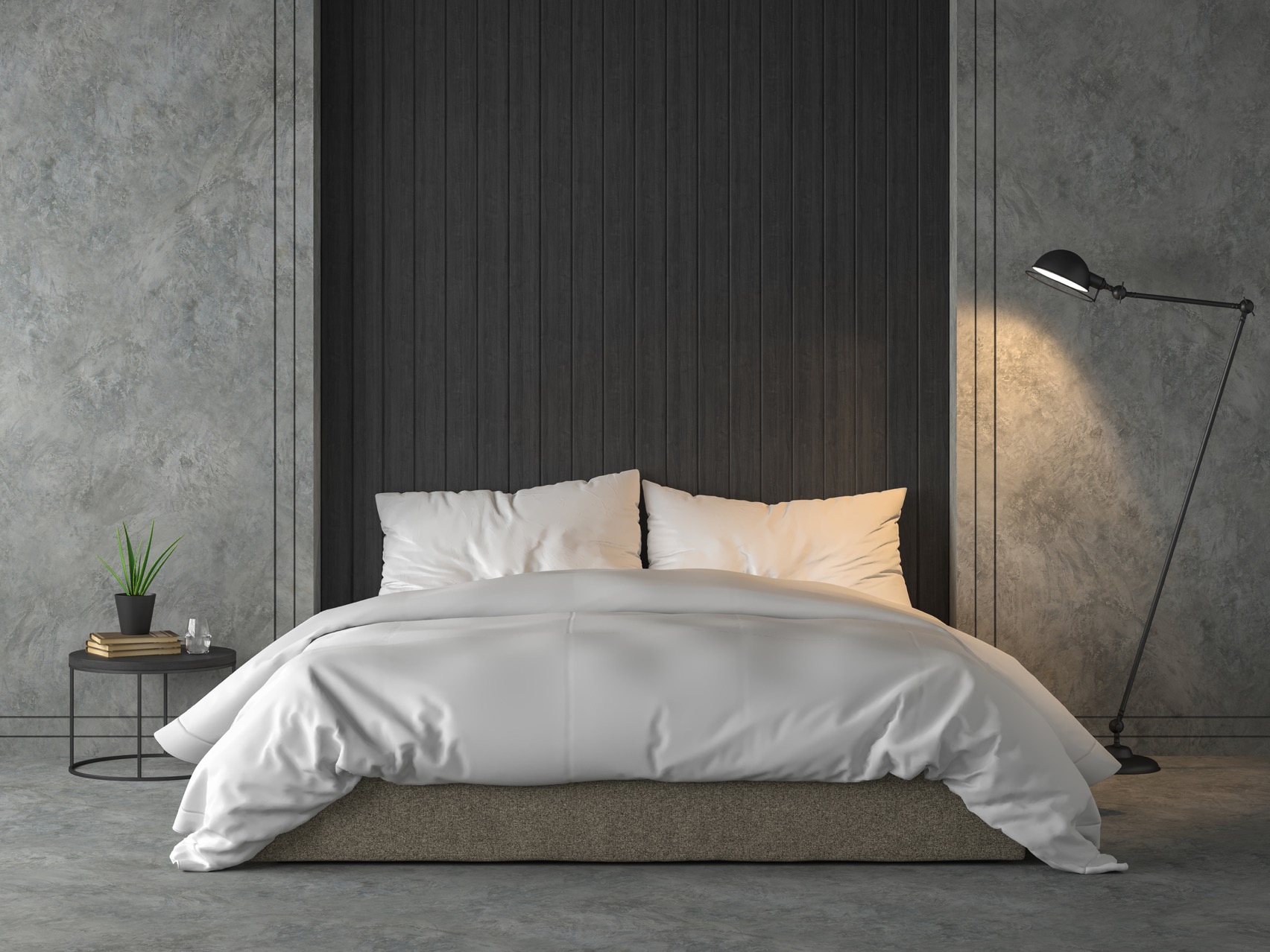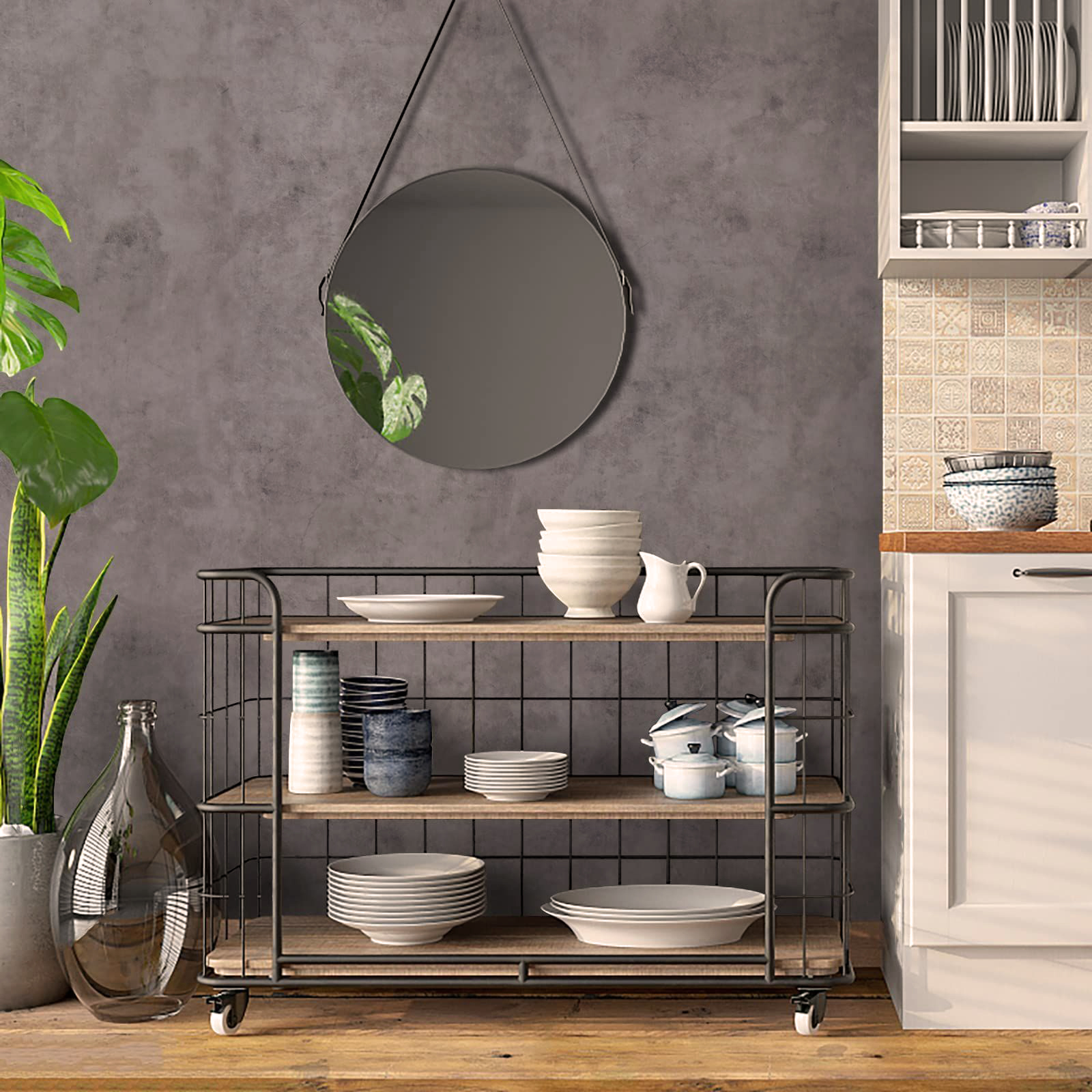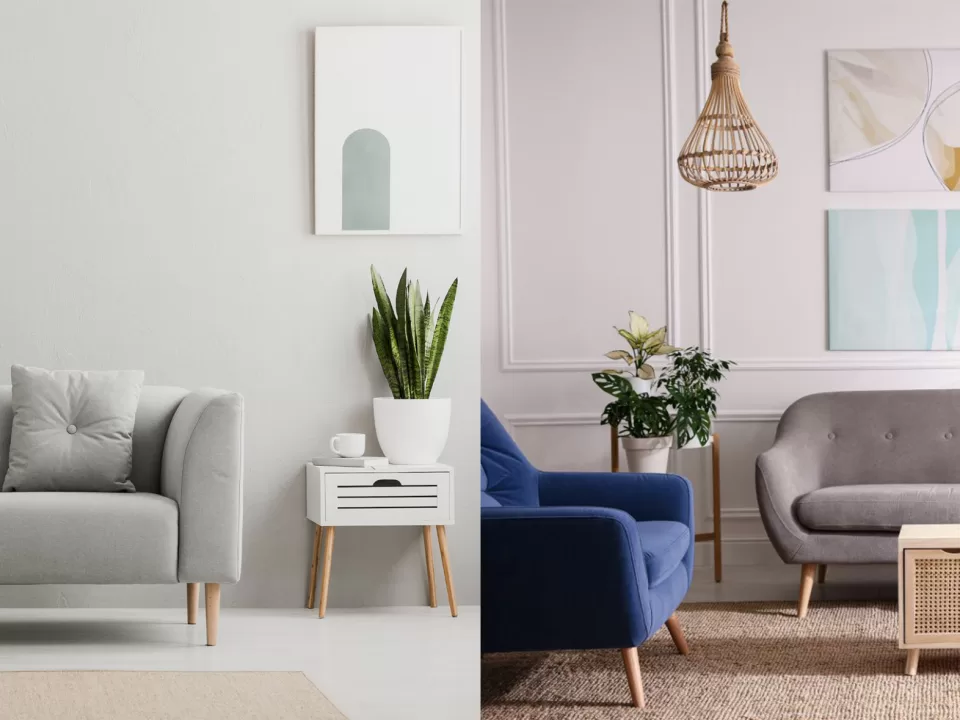Interior Design 101: Everything You Need To Know About Industrial Interior Design

5 Easy Tips To Make Your Home Scandinavian
February 22, 2023What Is Industrial Interior Design?
Industrial Bedroom Interior Design Style. View Portfolio Here
The industrial interior design style is inspired by repurposed factories, embracing exposed architectural elements, and blending rustic materials in furniture and lighting accents. This gives a raw and unfinished look that has recently become increasingly popular. As of current, contemporary style has also been mixed with this style by blending wood and metal elements in an upscale method, creating a cosier and warmer style.
How Did Industrial Interior Design Come About?

Industrial Interior Of An Old Factory Building.
The origins of the style can be traced back to the Industrial Revolution, during which factories were developing rapidly to become large enough to house large machines and many workers. This development was the foundation in shaping this interior design style to become what it is today. So how did it start? Let’s get more in-depth so we can fully understand the style.
During the first Industrial Revolution in the 1760s, the mass production of factories in the urban areas of Europe, England and the United States. It began with large, grid-paned windows to let in fresh air and natural light, open planning and exposed bricks were implemented for safety purposes. That is how exposed bricks, open layout and grid windows became part of the industrial style.
During the second Industrial Revolution in the 1870s led to even larger factories as more businesses are blooming, therefore strong building materials are needed to build even larger structures, this is how concrete and steel came into play. The first Edison light bulbs were invented in 1879, therefore becoming a primary characteristic of industrial lighting.
So how did this style get implemented into interior design? During the 2000s, there were housing shortages, therefore, factories were converted into loft apartments in New York and other urban areas. The factories’ elements like exposed materials, open layout and large windows grew on people and started becoming a huge selling point. This was how industrial interior design style came into play.
Why Do People Like Industrial Style?
Industrial Kitchen Interior Design. View Portfolio Here
Firstly, it is easy to pull off and execute this style as it consists of using neutral tones and raw materials, it could be as simple as keeping the architectural and infrastructure of your house.
Secondly, because of its minimalistic nature, it is easy to decorate and it is a priority to keep the space open means you don’t have to spend too much valuable time or splurge on non-functional yet expensive furniture and decorations.
Lastly, it is very versatile, because of the basic elements of industrial interior design, like textures and colour palette, other design styles can easily merge with it without clashing. The most popular styles to be merged with are contemporary, modern, brutalist, rustic, and retro styles!
Neutral Colour Palette

Living Room Interior In Industrial Design Colour Palette.
Industrial aesthetics uses a colour palette of neutral or natural tones like matt blacks, soft greys, deep browns, and off whites. Dark grey tones will contrast with the earthy brown tones that help achieve a dynamic balance in your home when used together. If you want to add more pop of colours, we would recommend brick reds, burnt oranges or dark greens as these colours will blend yet contrast harmoniously in the space.
Embrace Natural Light
Reading Area With Big Windows For Light To Seep In. View Portfolio Here
The beauty of the industrial style is to focus on letting natural light seep into your space and to steer clear of heavy curtains and blinds that stop the sun from streaming in. A tip is to keep your windows bare so it lets in a ton of light!
Raw Textures & Materials
Metal Grid Cabinet, Concrete Walls & Floors.View Portfolio Here
One feature that makes industrial interior design what it is is the exposure of architectural materials. Rather than hiding behind walls, this interior design style highlights these raw materials through elements like visible pipes, wiring, ducting, steel beams, unfinished brick walls, concrete floors or walls. Another way to feature this is through repurposed materials, for example, using pipes to make a shelf like the image above.
As for textiles, rugged materials like distressed leather, untreated metals (bronze, stainless steel, copper, brass, etc), or reclaimed wood for furniture and accents. It is a great way to incorporate the industrial style into the living area. Creating a lived-in, laid-back and cosy atmosphere to the room and adding some warmth to the otherwise stark and intense feeling.
Lighting
Edison Light Bulbs In A Decorative Group. View Portfolio Here
When it comes to industrial lighting, Edison bulbs, caged light bulbs, large metal dome lamps, pulley wall lamps, these lighting options are the best as they reflect the factory look that design is inspired by. These lighting options are raw and look imperfect but arguably have an appeal as part of the industrial style.
Clean Graphic Lines

Black Grid Metal Frame Windows In Industry Styled Interior.
This style incorporates clean graphic lines mostly by dark grey or black metals, it can be used for window panes, cabinets, wardrobes, even bar stools! One common way for industrial design is to use black grid metal framing for your windows as per the example above.
Open Plans & Functionality

Industrial Styled Home With Open Concept.
Functional open layout schemes that favours the feeling of spaciousness, there are no clear dividers in industrial styled homes, usually having the kitchen, dining, and living space combined into a single space. We recommend choosing practical appliances and furniture pieces to fill your space, rather than functionless trinkets.
Industrial interior design style takes on many forms, to achieve the signature raw and utilitarian look of design style, it's all about showcasing neutral tones, an open layout, mixing wood and metal furniture, lighting like Edison bulbs, grid windows and embracing natural light. If you're moving to a new home or renovating your current home, this may be the style for you, perfect for the urban living environment.
Choose AYD To Be Your Dream Home Builders!
We hope you enjoyed this article. Tell us what you would like to read next! Feel free to write to us anytime at blog@aydinterior.com.
Head on to Our Portfolios to see our proud work! If you are looking for that missing piece to your dream home, we’re the perfect fit.
Book a consultation with AYD Interior today.








